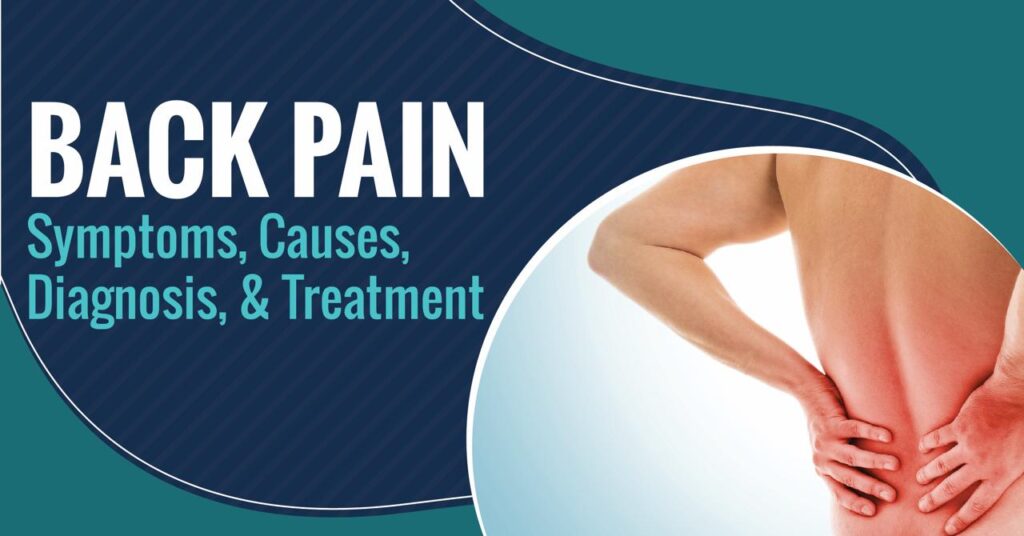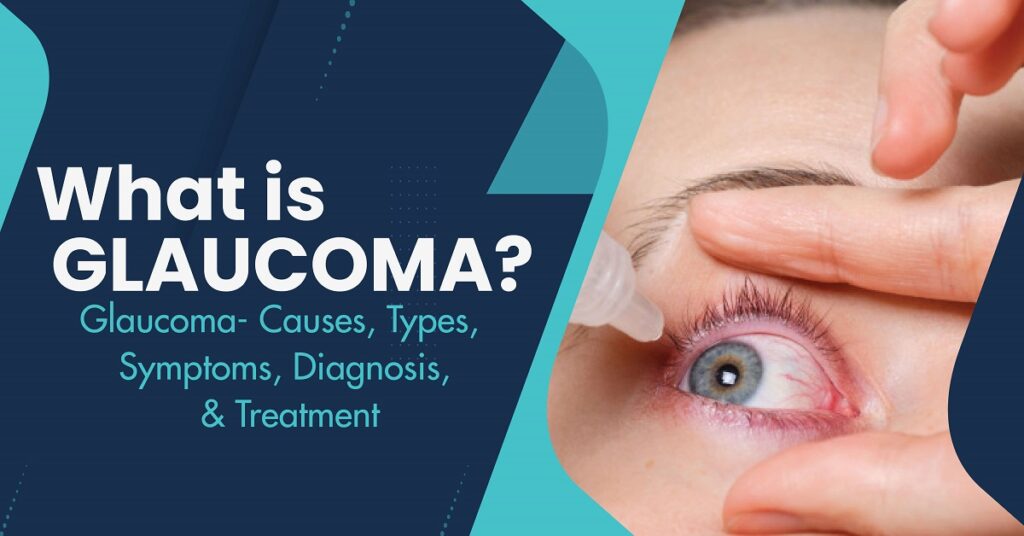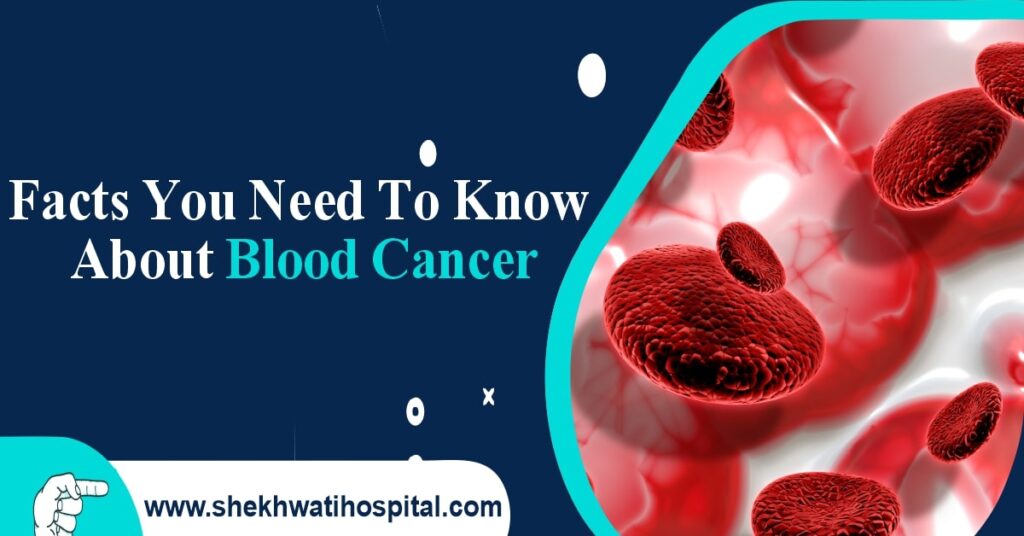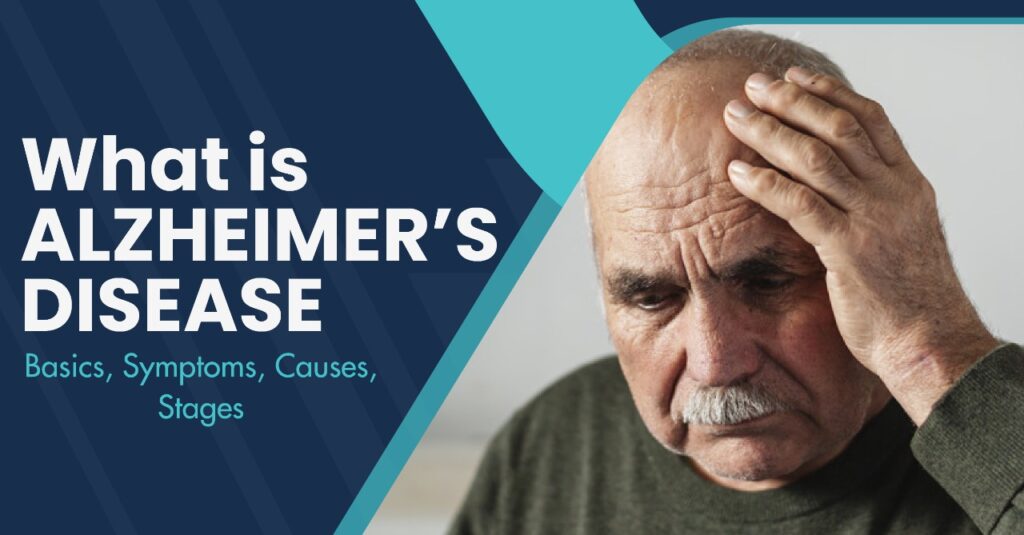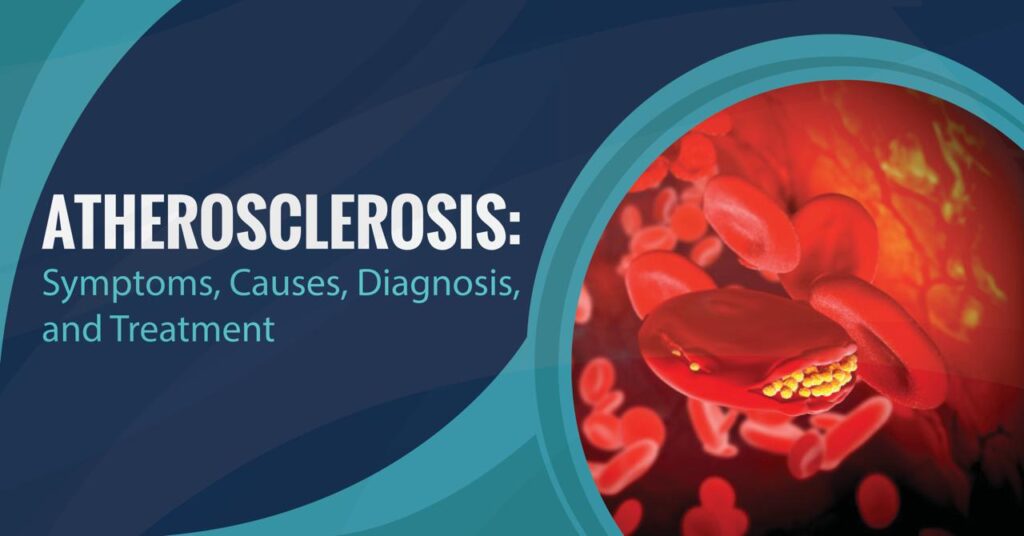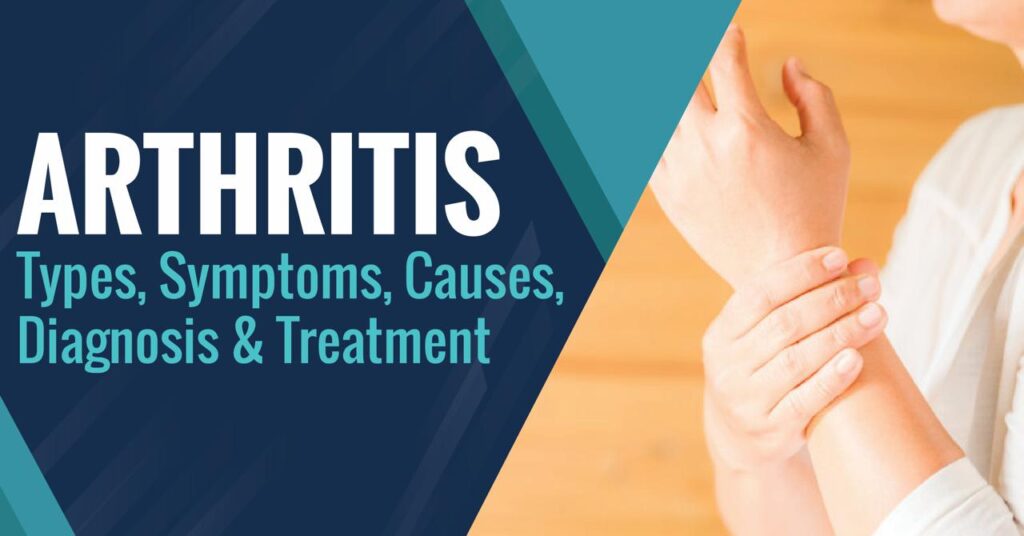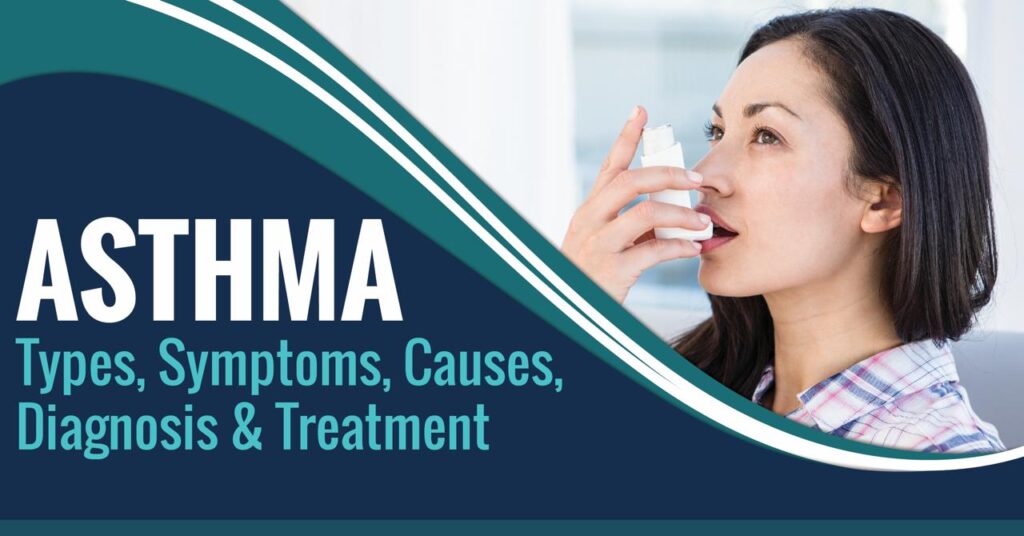Back pain normally happens due to a muscle stretch. It is a very painful condition which 60-70% of people suffer from once in their lifetime. Several reasons contribute to back pain, including absences from work and medical treatment.
It is often uncomfortable and debilitating because you can not do any work properly if you bend your back, it may create a problem. It may end up in injury, activity, and some medical conditions. Back pain can affect people of any age, for different reasons, but it can mostly be seen in old people.
As people become older, the chance of developing lower back pain increases, because of factors like previous occupation and degenerative disk disease or lack of exercise.
Lower back pain could also be linked to the bony lumbar spine, discs between the vertebrae, ligaments around the spine and discs, lower back muscles, nerves, abdominal and pelvic internal organs, spinal cord, and skin the lumbar area.
Pain in the upper back could also be due to disorders of the aorta, tumors in the chest, and spine inflammation.
Back pain home Remedies
Back pain is a common problem that can interfere with a person’s professional and personal life. Fortunately, many home remedies are available to help relieve back pain. The home remedies for Back pain are:
- Oils and ointments to ease the pain: Many skin creams and ointments will help relieve stiff and sore back muscles. Some of these products contain various ingredients such as menthol, camphor, or lidocaine.
These ingredients warm, cool, or numb the affected area. Put cream on the area that hurts. If you have trouble getting the cream on, ask someone to help you. Maybe ointments will not get the proper cure for your problems but they will help you to ease the pain.
- Try the Ice and Heat method: One might have heard that one is better than the other for relief from back pain. The short answer is that whatever works for you is the best option. Some people prefer heat and some prefer ice in the pain, but you might try both to see the better result.
If you’re having stiffness or muscle tension in your back, ice may be the best choice, while heating pads may be more effective at relieving swelling or inflammation.
- Maintain Good Posture: By keeping your head over your pelvis and not slouching your shoulders, you can ease the pressure with your lower back. If necessary, you can use tape, straps, or stretchy bands to help keep your spine straight.
You should get up from your chair every 30 minutes, stretch regularly, and walk every few minutes if you work in front of a computer or any screen.
- Stretch and Strengthen: Strengthening the muscles of your upper and lower body, especially your abdominals, can help relieve your back pain as well as prevent it. Stretching is the first thing that everyone should do in the morning.
It is okay to stretch and do your strengthening exercises later in the day after your body is warmed up if you are older or worried about overdoing it.
You Can Read Also: What Is Atherosclerosis?
- Keep Moving: During pain, you might not feel like it, but this is something your doctor will probably recommend first. You should continue to stay active daily, whether that is walking for 30 minutes or playing with your pet. Make sure you move at least three times a week.
Back pain causes
Many conditions, common to back pain, are not readily identifiable through a test or imaging study. Some of the common conditions that may cause back pain are:
- Muscle or ligament strain: You may suffer painful muscle spasms from repeated heavy lifting or a sudden awkward movement. Your back muscles and spinal ligaments may be stressed by repeated heavy lifting. If you’re in poor physical condition, this can lead to stiff, sore back muscles.
- Structured Problems:
- Bulging or ruptured disks: In your back, disks serve as cushions to protect the bones (vertebrae). The soft tissue inside a disk can stretch or rupture, putting pressure on nerves. However, you can have a bulging or ruptured disk without having back pain. It is often discovered incidentally by X-rays taken for other reasons when you have disk disease.
- Arthritis: Osteoarthritis affects the hips, lower back, and other joints. It can narrow the space surrounding the spinal cord, a condition called spinal stenosis.
- Sciatica: A bulging or herniated disk pushing on nerve results in a shooting pain running along with the boot and down the back of the leg.
- Abnormal curvature of the spine: Spinal curvature can also cause pain in the back. Scoliosis is a health condition where the spine curves in an abnormal way.
- Osteoporosis: When bones, including the vertebrae of the spine, become porous and brittle, compression fractures are more likely to occur.
- Kidney Problems: Stones or infections can also cause back pain.
Back pain symptoms
Back pain can come with other symptoms, and some of them can be quite concerning. Radiating pain through the legs is one fairly common symptom that accompanies back pain, but other ones should alert you to speak with your doctor. The symptoms of back pain include:
- Bowel or bladder issues
- Fever
- A recent injury
- Sudden and unexplained weight loss
- Weakness
- Tingling in legs
- Urinary incontinence
- Difficulty urinating
- Fecal incontinence, or loss of control over bowel movements
- Numbness around the genitals
- Numbness around the anus
- Numbness around the buttocks
Back pain diagnosis
It is very difficult to suspect the specific condition that causes back pain, here is some diagnosis that diagnosed back pain. The diagnosis of back pain are:
- X-ray: The images measure the alignment of your bones and show whether you have arthritis or broken bones. These images won’t show if you have problems with your spinal cord, muscles, nerves, or disks.
- MRI or CT scans: An MRI produces images of herniated disks as well as problems with bones, muscles, tissues, nerves, tendons, ligaments, and blood vessels.
- Blood tests: Doctors use these tests to determine whether you have an infection or another condition that might be causing your pain.
- Bone scan: A bone scan might be used in rare cases to look for conditions such as osteoporosis or tumors.
- Nerve studies: An electromyogram (EMG) determines whether the nerves produce electrical impulses or whether the muscles respond to them. This can confirm whether you have nerve compression caused by herniated disks or a narrowed spinal canal (spinal stenosis).
How to prevent back pain
Back pain can be complicated to determine the cause of, but you can take many different actions to help relieve or prevent it from getting worse. You need to relieve pressure, reduce strain, protect your back, and strengthen your muscles to do so. The prevention for back pain are:
- Increase your calcium and vitamin D intake: You can prevent osteoporosis by eating plenty of calcium and vitamin D.
Bone fragility is one of the main causes of back pain for women later in life. The food which has Calcium such as milk, yogurt, leafy greens, vitamin supplements. The foods that contain vitamin D are fatty fish, egg yolks, cheese, etc.
- Straighten up: Having a good posture contributes to your overall health as well as maintaining the integrity of the intricate pieces of your spine. You should avoid rounding your shoulders when standing, slouching, and bending sideways. Bad posture puts strain and stress on your back.
You Can Read Also: WHAT IS ARTHRITIS?
- Stretch: The long hours you spend standing, sitting, or lying in one place are harmful to your back, which makes it more difficult to perform tasks.
It will be helpful if you can get up from your desk, walk around, and do some simple stretches throughout the day. The exercise will also help to improve circulation to your back and ease any aches and pains caused by inactivity.
- Sleep with a pillow under your knees: If you sleep on your back, it puts pressure on your spine. Elevating your legs as you sleep helps relieve the pressure on your back. By placing a pillow under your knees, you can reduce that pressure in half.
- Quit smoking: The health risks of smoking are well-known, but smokers are also more likely to suffer from back pain than nonsmokers. This is because smoking restricts blood flow to the discs, which produces dryness, cracking, and rupture.
In addition, smoking reduces blood oxygen levels, which impairs the blood’s ability to nourish the muscles and tendons. If the back isn’t well-nourished, it is susceptible to strains and pulls that are detrimental to health.
Risk factors for back pain
Anyone can develop back pain children and teens can have back pain too. These factors may make you more likely to develop back pain:
- Age. Getting older leads to back pain, which commonly begins around age 30 or 40.
- Diseases. Back pain can be caused by arthritis and cancer.
- Lack of exercise. Your back pain might be caused by unused, weak muscles in your abdomen.
- Smoking. In smokers, there is a greater risk of back pain because coughing causes more disks to bulge, so they might be more likely to suffer herniated disks.
- Psychological conditions. The risk for back pain seems to be higher in people who suffer from depression or anxiety.
- Improper lifting. If you use your legs instead of your back, you can develop back pain.
Back pain treatment
Back pain is generally treated by taking pain relievers, staying active, and doing some specific exercises. However, some people may require additional medical attention. The treatment for back pain are:
- Home Treatment: Nonsteroidal anti-inflammatory drugs (NSAIDs) such as ibuprofen are sometimes effective for reducing discomfort. Hot compresses or ice packs can also be applied to the painful area.
- Medications: For back pain that is not treated well by over-the-counter painkillers, NSAIDs may be prescribed. Codeine or hydrocodone, as well as muscle relaxers, may be used for short periods. These drugs require careful monitoring by a doctor.
- Physical Therapy: Back muscles and soft tissues may be relieved with heat, ice, ultrasound, electrical stimulation, and some muscle-releasing techniques.
As the pain improves, the physical therapist may introduce stretches and exercises specific to the back and abdominal muscles. He may also introduce techniques to strengthen the spine and improve posture.
- Cortisone injections: The cortisone injections can be used only if other options have not worked. Cortisone is an anti-inflammatory drug. It reduces inflammation around the nerve roots.
- Traction: Stretching the back with pulleys and weights may result in the repositioning of a herniated disk. It may also relieve pain, but only while applying traction.
- Cognitive-behavioral therapy (CBT): CBT aims to promote new ways of thinking and maintain a positive attitude to effectively manage chronic back pain. Studies show that patients with CBT work more actively and do exercise, resulting in a lower risk of back pain recurrence.
- Complementary therapies: The use of complementary therapies is not limited to traditional medicine.
- An osteopath is a medical specialty that treats skeletal and muscular problems.
- A chiropractor specializes in treating joint, muscle, and bone problems.
- A Shiatsu therapist applies pressure with their fingertips, thumbs, and elbows along energy lines in the body. Shiatsu can also be known as finger pressure therapy.
- Acupuncture. In an acupuncture treatment, needles are inserted into specific points on a patient’s body to release endorphins, which are natural painkillers. Acupuncture can also stimulate nerve and muscle tissue.
- Yoga. A variety of movements poses, and breathing exercises are done in yoga. It is important not to overdo the exercises and make the back pain worse. Yoga helps strengthen the back muscles and improve posture.
Exercises to help your back pain
The best way to reduce back pain is to choose an activity you enjoy; you will be more likely to stick to it. Many types of exercise have been proven to help with back pain. Examples include:
- Swimming
- Walking
- Running
- Yoga
- Pilates
- Going to the gym
According to research, a 12-week yoga program can be beneficial in helping people with low back pain live an active lifestyle and manage their health conditions better.
The feeling of discomfort and pain you may experience at the beginning of exercise is normal. These feelings should fade away within a few minutes after you finish. It is not a sign that you have injured yourself. Exercise will reduce that pain and will help you manage your back pain better. It is important to not overdo it when you exercise. If you experience pain that is unbearable during or after the exercise you should speak to a doctor. The key is to start slowly and to build up gradually.


